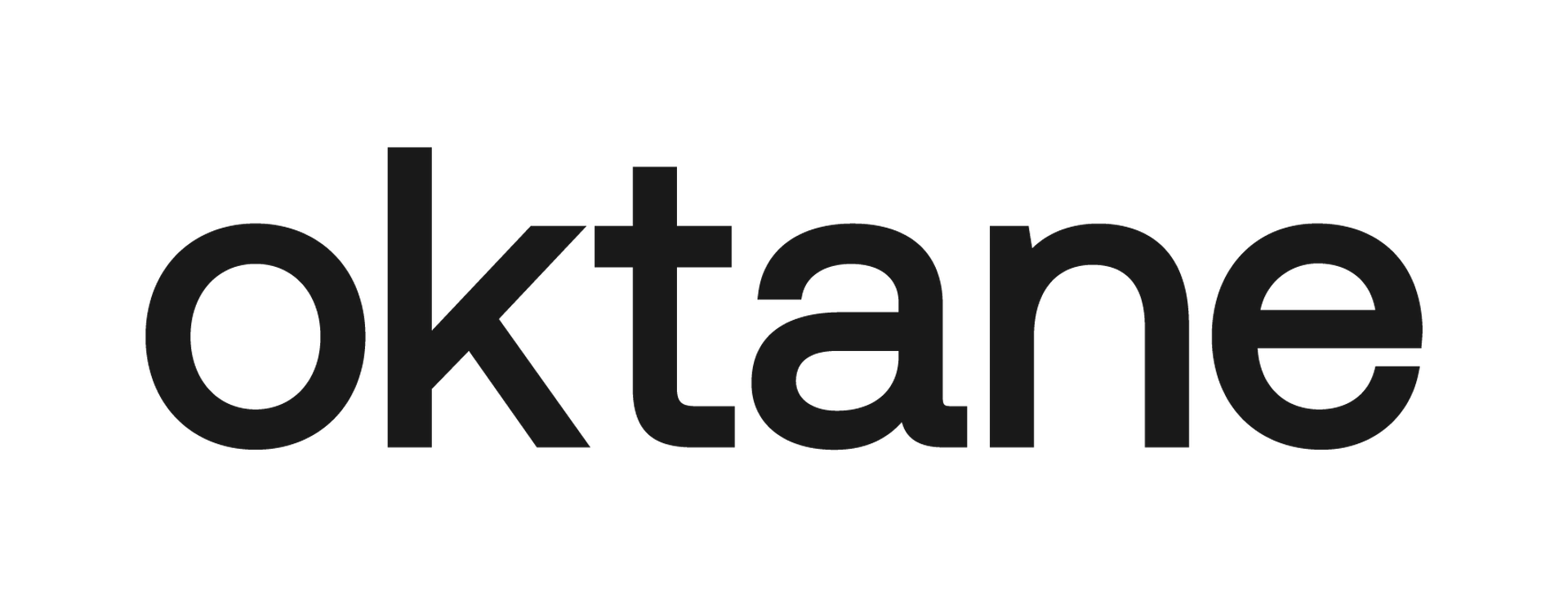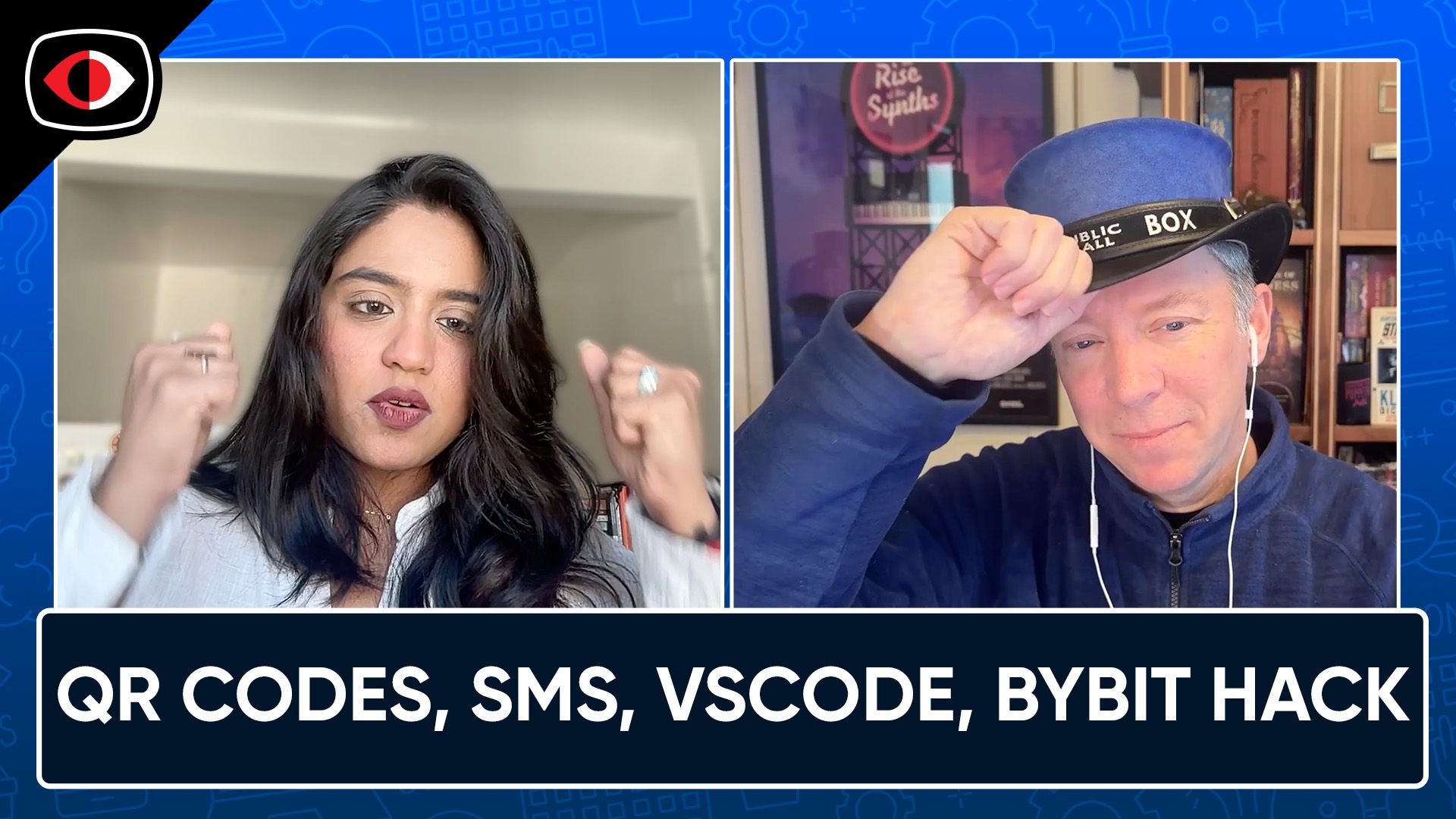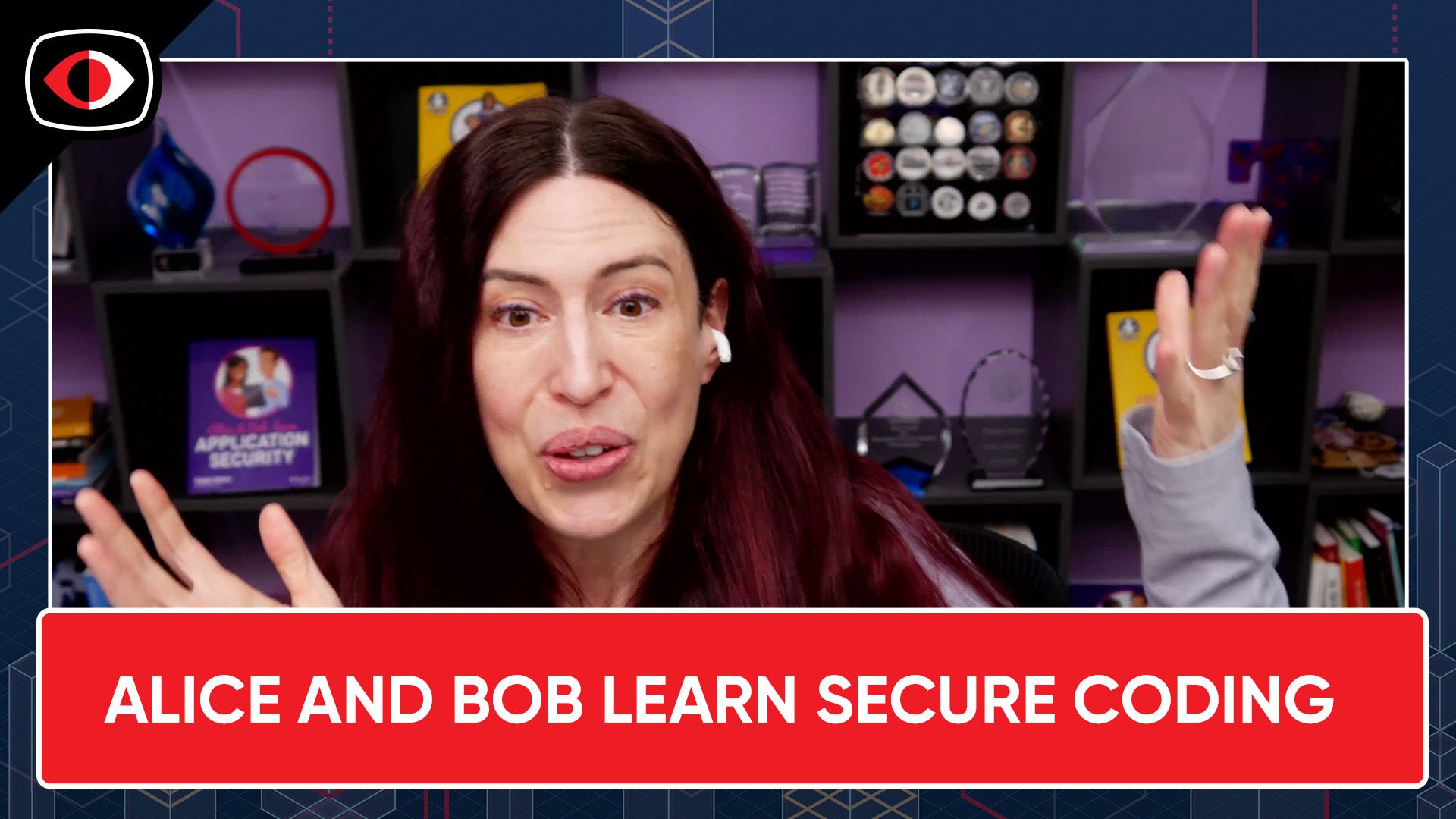Making TLS More Secure, Lessons from IPv6, LLMs Finding Vulns – Arnab Bose, Shiven Ramji – ASW #305
Full Audio
View Show IndexSegments
1. Making TLS More Secure, Lessons from IPv6, LLMs Finding Vulns – ASW #305
Better TLS implementations with Rust, fuzzing, and managing certs, appsec lessons from the everlasting transition to IPv6, LLMs for finding vulns (and whether fuzzing is better), and more!
Also check out this presentation from BSides Knoxville that we talked about briefly, https://youtu.be/DLn7Noex_fc?feature=shared
Hosts
- 1. Rustls Outperforms OpenSSL and BoringSSL – Prossimo
Performance is a good metric to evaluate against, especially if it's performance on top of a better security design.
It's not 100% Rust. It's more of a wrapper for AWS-LC that works within [ring], which itself "exposes a Rust API and is written in a hybrid of Rust, C, and assembly language."
But that's ok! In fact, this a good example of breaking complex systems into components and targeting the design of those components for secure use. In other words, Rustls provides a way to migrate from OpenSSL and BoringSSL to a more memory-safe library that increases security for the users of that library. In other words, Rustls also makes it hard to misuse its OpenSSL-like API.
- 2. OpenSSL Security Advisory [16th October 2024]
On the theme of OpenSSL, here's a low-risk vuln that's not a cause for concern. As the disclosure notes, "Any problematic use-cases would have to be using an "exotic" curve encoding." -- something that's not going to happen (or be triggered to happen) in all the default deployments out there.
What I really wanted to highlight from this article is its attribution. The Google OSS-Fuzz-Gen found it. My growing hypothesis is that fuzzing remains the most efficient and economical way of finding flaws at scale, especially if you compare the CPU cycles spent between fuzzing and LLMs. Everyone loves to talk about LLMs these days. They're full of promise and fun and hallucinations and use cases for which we probably do have better tools.
- 3. Risky Biz News: Apple wants to reduce the lifespan of TLS certificates to 45 days
With Google and Apple, both with massive browser market share, pushing on this. It feels pretty inevitable -- as a positive security goal to strive for.
Section 4.2.1 lays out the proposed timeline, with a 45 day lifetime once April 2027 rolls around.
I've long admired the Let's Encrypt project for addressing two key costs related to managing TLS certs. One, making certs freely available. Two, providing tools and automation to reduce the overhead of managing them. (I touched on this a bit in a blog post of my own.)
- 4. The IPv6 transition | APNIC Blog
As the article notes, "…the first complete specification of the IPv6 protocol, was published in December 1998, over 25 years ago." That was literally the era of Windows 98 (and the movie, "You've Got Mail" for you Tom Hanks, Meg Ryan, and AOL fans out there).
I like the history this goes into about IPv4 and IPv6. And I like even more how it explains why the push for IPv6 seems to have stalled -- and why that's not necessarily a bad thing.
My mind also went to the appsec parallels. We've had very slow uptake on TLS versions until recently when the browser makers pushed for stricter defaults. (I think the PCI DSS helped here as well. Or it at least helped immensely more than lots of appsec conferences and checklists did.)
So what are the lessons from this IPv6 transition? How do they apply to appsec? What are the great transitions we'd like to see? Is it memory safe languages -- even though most web apps are already written in memory safe languages?
- 5. A deep dive into Linux’s new mseal syscall | Trail of Bits Blog
This is a cool mitigation, but there's also the aspect that it's a cool mitigation that's very, very specific to Chrome. That's not necessarily bad if we take a harm reduction view of appsec -- Chrome represents a massive user base and attack surface. What will be interesting is seeing if this is successful in eventually protecting glibc by default so lots of other software benefits without having to make any changes.
I'll throw this onto the "six months" later list to talk about with John.
Also check out the introduction to mseal on LWN.
- 6. Vulnhuntr: Autonomous AI Finds First 0-Day Vulnerabilities in Wild
I'm not going to hype up AI and, despite the catchy title of the article, they don't exactly promise LLMs as the magical hacking tool of the future.
Here's their pitch: "Instead of overwhelming the LLM with multiple whole files, it smartly requests only the relevant portions of the code, performing surgical strikes rather than carpet-bombing the entire codebase. It automatically searches the project files for files that are likely to be the first to handle user input. Then it ingests that entire file and responds with all the potential vulnerabilities."
With a caveat that "…because LLMs aren’t deterministic, one can run the tool multiple times on the exact same project and get different results."
They also talk about drawbacks of a RAG approach they tried and problems with parsing Python into an AST.
Overall, I'm still sticking to my hypothesis that CPU cycle-for-CPU cycle, fuzzers are more effective and economical than LLMs for finding flaws. (And, yes, we've seen some combinations of the two, with LLMs crafting a corpus or tuning fuzzers -- that seems like a great thing to do!)
Check out the repo.
- 7. 7 ways we’re incorporating security by design into our products and services
It's a good list of practices that lots of orgs should follow. But...it just doesn't feel like a secure by design list.
I'll concede some processes around the full lifecycle of an app are important, but it feels heavy on the practices of managing vulns as opposed to preventing them. It'd be great to see more examples and guidance on the reducing entire classes of vulns aspect. That feels like an area where appsec can really step up with better discussions on what it means to have a secure design that are more meaningful than "do input validation".
- 8. HARDWARE: Tinkerers Are Taking Old Redbox Kiosks Home and Reverse Engineering Them
The 404 Media site is one of my favorite sources of tech news. There's a contingent out there who just wants to answer the question, "Can it run DOOM?" But behind that kind of trick are a lot of interesting and impact questions on how to do hardware hacking and how to do that hacking legally -- something that feels like a throwback to the 90s, but remains a modern concern from tractors to trains to medical devices (and to McFlurry machines!?).
Also check out this other article on hardware hacking.
- 9. FYI: CVE Program Celebrates 25 Years of Impact in Cybersecurity | MITRE
Do you have a favorite CVE?
- 10. Apple will pay security researchers up to $1 million to hack its private AI cloud | TechCrunch
More details on Apple's security blog.
2. Protecting Identity of AI Agents & Standardizing Identity Security for SaaS Apps – Shiven Ramji, Arnab Bose – ASW #305
Generative AI has been the talk of the technology industry for the past 18+ months. Companies are seeing its value, so generative AI budgets are growing. With more and more AI agents expected in the coming years, it’s essential that we are securing how consumers interact with generative AI agents and how developers build AI agents into their apps. This is where identity comes in. Shiven Ramji, President of Customer Identity Cloud at Okta, will dive into the importance of protecting the identity of AI agents and Okta’s new security tools revealed at Oktane that address some of the largest issues consumers and businesses have with generative AI right now.
Segment Resources: https://www.okta.com/oktane/ https://www.okta.com/press-room/press-releases/okta-helps-builders-easily-implement-auth-for-genai-apps-secure-how/
Today, there isn’t an identity security standard for enterprise applications that ensures interoperability across all SaaS and IDPs. There also isn’t an easy way for an app, resource, workload, API or any other enterprise technology to make itself discoverable, governable, support SSO and SCIM and continuous authentication. This lack of standardization is one of the biggest barriers to cybersecurity today. Arnab Bose, Chief Product Officer, Workforce Identity Cloud at Okta, joins Security Weekly's Mandy Logan to discuss the need for a new, comprehensive identity security standard for enterprise applications, and the work Okta is doing alongside other industry players to institute a framework for SaaS companies to enhance the end-to-end security of their products across every touchpoint of their technology stack.
Segment Resources: https://www.okta.com/oktane/ https://www.okta.com/press-room/press-releases/okta-openid-foundation-tech-firms-tackle-todays-biggest-cybersecurity/ https://www.okta.com/press-room/press-releases/okta-is-reducing-the-risk-of-unmanaged-identities-social-engineering/
This segment is sponsored by Oktane, to view all of the CyberRisk TV coverage from Oktane visit https://securityweekly.com/oktane.
Guests
Shiven Ramji is the President, Customer Identity at Okta, where he is responsible for the Customer Identity Cloud product, data, security and technology strategy, and execution. He believes in empowering developers as they are the new creators, decision-makers, tastemakers, and kingmakers. Before joining Okta through the acquisition of Auth0, Shiv served as the SVP of Product at DigitalOcean, where he led DigitalOcean’s products, pricing, and partnerships. Additionally, Shiv has held leadership positions at global brands including Amazon, NBCUniversal, and The Nielsen Company. In his free time, he enjoys being outdoors, watching Manchester United games, hiking, and biking to different boroughs in New York City.
Arnab is the Chief Product Officer for all of Okta’s Workforce Identity solutions. Prior to joining Okta, Arnab was a VP of Product Management at Salesforce, where he led several efforts from integrating Quip into the Salesforce Platform, to Process Automation. Before Salesforce, he was a Senior Program Manager Lead at Microsoft. Arnab holds a BS in Operations Research and Industrial Engineering from Cornell University. When he’s not at work Arnab enjoys cooking, bicycling, and track days at Sonoma Raceway.










